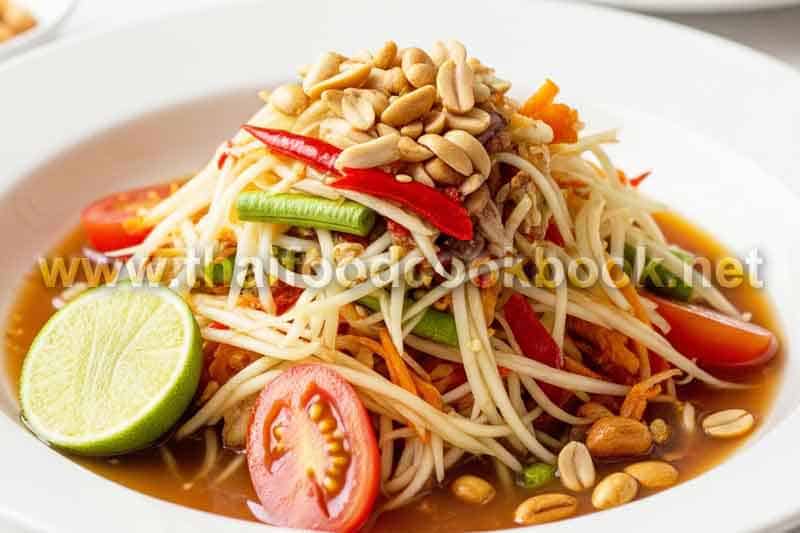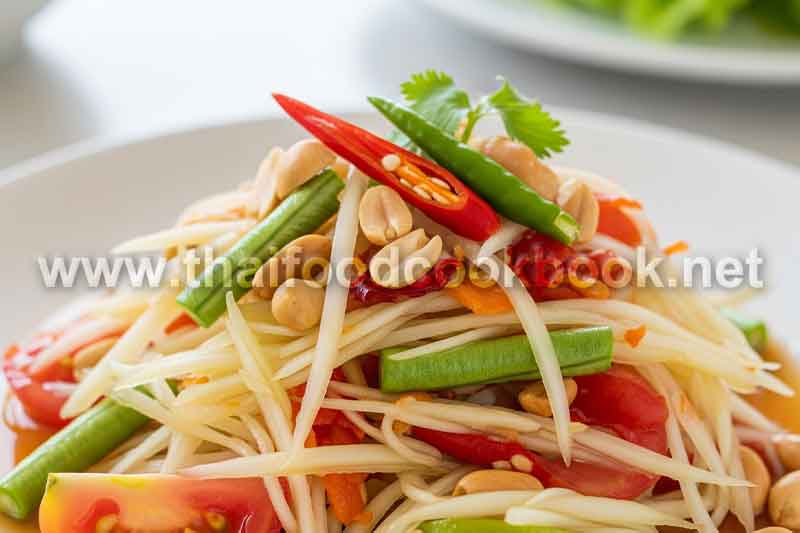Simple Thai Coconut Milk Dessert Recipe: Thai Coconut Custard Cups – Creamy, Homemade Thai Delight
Many home cooks hesitate to try Thai desserts because they worry about complicated methods or hard-to-find ingredients. This Simple Thai Coconut Milk Dessert Recipe for Thai Coconut Custard Cups breaks that barrier with easy-to-follow steps, common pantry items, and no elaborate equipment. You’ll learn to blend coconut milk, eggs, and palm sugar into silky custard baked in ramekins or coconut shells. We support your journey from selecting quality ingredients to serving elegant custard cups, delivering guidance that makes this traditional Thai coconut custard recipe accessible and impressive.
What Are Thai Coconut Custard Cups and Why They’re a Classic Coconut Milk Dessert
Thai Coconut Custard Cups—known locally as “Sangkaya”—combine rich coconut milk, eggs, and palm sugar to create a sweet, silky custard often served in halved coconut shells or small ramekins. This popular Thai coconut dessert balances creamy texture with subtle sweetness and a hint of pandan or vanilla. Searches for “Thai coconut custard cups recipe” and “Sangkaya in coconut shell” show growing interest in easy coconut milk based desserts at home.
Advantages of Making Coconut Custard Cups at Home
- Uses simple ingredients: coconut milk, eggs, sugar, and flavorings
- No need for blender or fancy tools—just whisk and bake
- Customizable: pandan-infused, vanilla-scented, or tropical garnishes
- Served in coconut shells – eco-friendly and visually striking
- Perfect for dessert parties or elegant individual portions
Ingredients for Simple Thai Coconut Milk Custard Cups
Gather the following essentials to craft rich and creamy custard cups:
Custard Base
- 2 cups full-fat coconut milk
- 4 large eggs
- ½ cup palm sugar (or brown sugar)
- ¼ teaspoon salt
- 1 teaspoon pandan extract or 1 knotted pandan leaf (optional)
Containers and Garnish
- 4 small ramekins or halved young coconut shells
- Optional: shredded coconut, toasted sesame seeds, mint leaves
Ingredient Tips for Rich and Silky Custard
- Shake coconut milk can before opening to mix cream and water
- Palm sugar gives a subtle caramel flavor; brown sugar is a backup
- Fresh pandan adds aroma, vanilla extract works well too
- Use egg whites and yolks at room temperature for smooth texture
How to Make Thai Coconut Custard Cups – Detailed Instructions
1. Prepare Custard Mixture
- Whisk eggs thoroughly in a bowl.
- In a saucepan, warm coconut milk, palm sugar, salt, and pandan until sugar dissolves—don’t boil.
- Remove pandan leaf if used. Slowly pour warm coconut milk into eggs, whisking continuously.
- Strain mixture through a fine sieve to remove lumps or foam.
2. Fill Containers
- Place ramekins or coconut shells in a baking dish.
- Pour custard liquid into each container, filling almost to the top.
3. Bake in Water Bath
- Preheat oven to 160 °C (320 °F).
- Add hot water to the baking pan until it reaches halfway up custard cups.
- Bake for 25–30 minutes until custard sets but still slightly jiggly.
- Turn off oven and leave custard in warm bath for 5 more minutes to prevent cracking.
4. Cool and Garnish the Custard Cups
- Let custard cups cool to room temperature, then chill for at least 1 hour.
- Before serving, garnish with shredded coconut, sesame seeds, or fresh mint.
- Serve straight in shells or unmold gently onto plates.
Serving Suggestions and Variations for Thai Sangkaya
Customize your custard with these creative ideas:
- Add mango or jackfruit slices on top for tropical flavor
- Use butterfly pea water for pastel blue custard visual appeal
- Swirl palm-sugar caramel sauce before baking for extra richness
- Serve warm or chilled depending on preference and season
For more Thai coconut custard desserts and ideas, visit this Thai coconut dessert guide.
Nutrition Insight and Benefits of Coconut Custard
This coconut custard uses natural ingredients and is gluten-free and vegetarian. Coconut milk provides healthy fats and lauric acid, while eggs contribute protein and richness. Palm sugar has a lower glycemic impact compared to refined sugar. Custard cups offer a satisfying yet lighter dessert option compared to heavy creams or pastries.
Storage and Make-Ahead Notes
- Refrigerate custard cups in sealed containers for up to 3 days
- Serve chilled or let sit at room temperature briefly before serving
- Custard may slightly firm in cold—warm gently in 50 °C water bath if desired
- Prep custard base ahead and bake on serving day for freshness
Conclusion: Make Simple Thai Coconut Milk Dessert with Confidence
This Simple Thai Coconut Milk Dessert Recipe: Thai Coconut Custard Cups empowers you to bring a timeless Thai sweet into your kitchen with ease and elegance. With basic ingredients, simple baking in a water bath, and optional presentation in coconut shells, this dessert aligns with tradition and flavor. Follow this guide to craft smooth, fragrant custard cups that impress and delight—bringing authentic Thai coconut milk dessert to your table.

